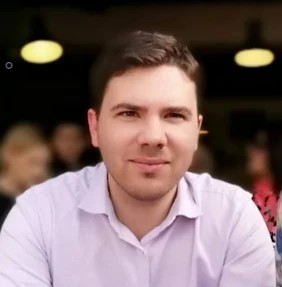Oral Tissue Stem Cells in Regenerative Dentistry
A special issue of Cells (ISSN 2073-4409). This special issue belongs to the section "Stem Cells".
Deadline for manuscript submissions: 31 July 2024 | Viewed by 2604
Special Issue Editors
Interests: medical genetics; cancer molecular biology; cancer genetics; stem cell research
Special Issues, Collections and Topics in MDPI journals
Special Issue Information
Dear Colleagues,
Regenerative dentistry has forced modern dentistry to improve its clinical and scientific efforts during the past ten years. Adult stem cells known as mesenchymal stem cells have strong immunoregulatory and regeneration abilities. Among the accessible sources of MSC are dental tissues. Dental pulp, apical papilla, dental follicle, and periodontal ligament-derived dental stem cells (DSCs), to name a few, represent very promising cell supplies for the regeneration of a variety of tissues and organs. Meanwhile, newly developed dental materials in conjunction with DSC-derived bioactive compounds (e.g., extracellular vesicles) have been used for orofacial tissue repair in experimental research and clinical practice.
Successful tissue engineering strategies require a profound understanding of the DSCs’ biology and their behavior in the presence of various biomaterials for wider clinical applications. The scientific knowledge gained from this Special Issue will serve as an important foundation for upcoming research and the development of DSCs-based therapeutic tools in regenerative dentistry.
This Special Issue aims to collect manuscripts that offer insights on topics related to the use of oral tissue stem cells, regenerative medicine, orofacial tissue repair, and dental materials for tissue regeneration. The manuscripts can be original research articles, reviews, or other types of writing.
Various types of research, including experimental and preclinical investigations, are welcomed.
We look forward to your contributions.
Prof. Dr. Jelena Milasin
Dr. Miloš M. Lazarević
Guest Editors
Manuscript Submission Information
Manuscripts should be submitted online at www.mdpi.com by registering and logging in to this website. Once you are registered, click here to go to the submission form. Manuscripts can be submitted until the deadline. All submissions that pass pre-check are peer-reviewed. Accepted papers will be published continuously in the journal (as soon as accepted) and will be listed together on the special issue website. Research articles, review articles as well as short communications are invited. For planned papers, a title and short abstract (about 100 words) can be sent to the Editorial Office for announcement on this website.
Submitted manuscripts should not have been published previously, nor be under consideration for publication elsewhere (except conference proceedings papers). All manuscripts are thoroughly refereed through a single-blind peer-review process. A guide for authors and other relevant information for submission of manuscripts is available on the Instructions for Authors page. Cells is an international peer-reviewed open access semimonthly journal published by MDPI.
Please visit the Instructions for Authors page before submitting a manuscript. The Article Processing Charge (APC) for publication in this open access journal is 2700 CHF (Swiss Francs). Submitted papers should be well formatted and use good English. Authors may use MDPI's English editing service prior to publication or during author revisions.
Keywords
- oral tissue stem cells
- oral tissue regeneration
- dental materials
- stem cell-derived exosomes
- stem cell engineering







